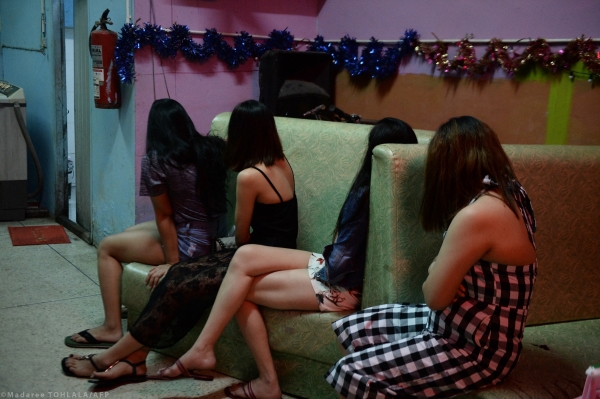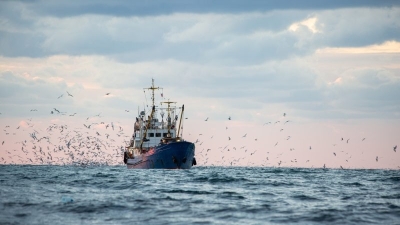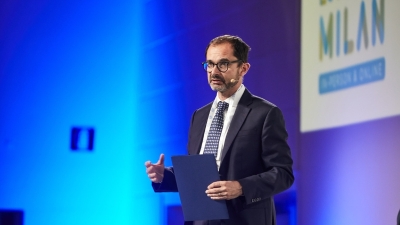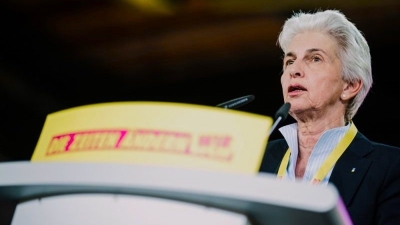Human trafficking: The EU’s fight against exploitation

What is human trafficking?
- Human trafficking is the recruitment, transportation, transfer, harbouring or receipt of people through force, fraud or deception, with the aim of exploiting them for profit
Human trafficking facts
Every year more than 7,000 victims of human trafficking are registered in the EU, although the actual figure is likely to be much higher as many victims remain undetected.
The majority of victims are women and girls, but the number of men is on the rise particularly as forced labour.

Types of human trafficking
Reasons for human trafficking include:
- Sexual exploitation — victims are predominantly women and children.
- Forced labour — victims primarily from developing countries, forced to work in labour-intensive jobs, or kept in domestic servitude.
- Forced criminal activities — victims must carry out a range of illegal activities. Victims often have quotas and can face severe punishment if they don’t meet them.
- Organ donation — victims often see little to no compensation and face health risks

The causes of human trafficking
According to the United Nations, inequalities within and between countries, increasingly restrictive immigration policies and a growing demand for cheap, labour are among the underlying causes. Poverty, violence and discrimination make people vulnerable to trafficking.
What is the EU doing?
The EU’s work so far
In 2011, MEPs adopted the Anti-Trafficking Directive to protect and support victims and punish traffickers. It aims to prevent trafficking and recognises that as women and men are often trafficked for different purposes, assistance and support measures should be gender-specific.

The EU’s way forward
Forms of exploitation have evolved in recent years, with trafficking increasingly shifting online. Most recently, the Russian invasion of Ukraine generated a massive displacement of women and children and created new opportunities for criminal organisations.
Against this background, on 19 December 2022 the European Commission proposed strengthening EU rules for tackling human trafficking:
- Making forced marriage and illegal adoption a criminal offence
- Adding human trafficking offences committed or facilitated through information and communication technologies, including internet and social media
- Mandatory sanctions for trafficking offences, including excluding offenders from public benefits or temporarily or permanently closing establishments where the trafficking offence occurred
- Formal national referral mechanisms to improve early identification and referral for assistance and support for victims
- Making it a criminal offence to knowingly use services provided by victims of trafficking
- EU-wide annual data collection on trafficking
Parliament’s position
MEPs wish to prioritise more effective protection of victims of human trafficking. Parliament’s position includes:
- Making sure that victims who are in need of international protection receive appropriate support and protection, and that their right to asylum is respected
- Ensuring that victims are not prosecuted for criminal acts they were coerced into committing
- Ensuring support to victims using a gender-, disability- and child-sensitive approach based on an intersectional approach
- Including anti-trafficking measures in emergency response plans when natural disasters, health emergencies or migratory crises occur
In addition, MEPs suggest that making a woman become a surrogate mother through the use of force, threat or coercion should be made a criminal offence. This would give women rights as victims under the rules while the perpetrators would be prosecuted.
Parliament agreed its position in October 2023, which forms the basis for negotiations with the EU countries.
The fight against human trafficking
- Check legislative progress: strategy towards the eradication of trafficking in human beings
- Trafficking in human beings: Commission proposes stronger rules to fight the evolving crime
- Briefing
- Fact sheet
- How each EU country tackles, prevents and identifies trafficking in human beings
Share this article:



